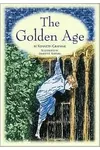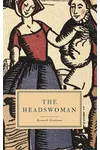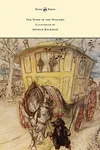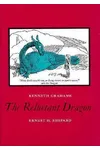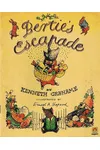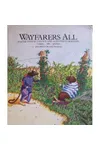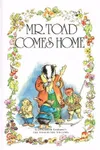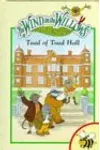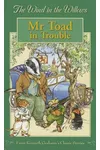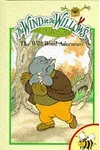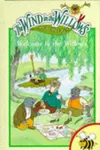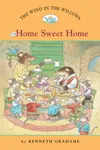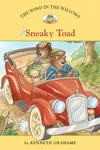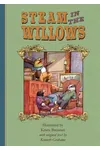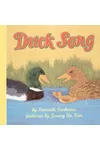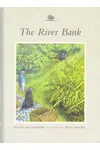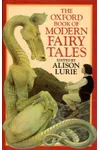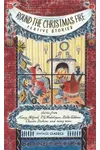Picture a Scottish storyteller who spun riverside adventures into a timeless classic—meet Kenneth Grahame! Best known for The Wind in the Willows, Grahame blended whimsy, nature, and subtle social commentary to create stories that enchant readers young and old. His vivid worlds, born from a quiet life, continue to ripple through children’s literature with charm and heart.
Despite a successful banking career, Grahame’s true love was storytelling, crafting tales that captured the magic of the English countryside and the quirks of human (and animal) nature. Let’s dive into the life and legacy of this literary gem!
The Making of Kenneth Grahame
Born on March 8, 1859, in Edinburgh, Scotland, Kenneth Grahame faced early challenges. Orphaned as a young boy, he was raised by relatives in Berkshire, England, where the lush Thames Valley sparked his lifelong love for nature. These serene landscapes later inspired the idyllic settings of his stories. Though he dreamed of attending Oxford, financial constraints led him to a clerkship at the Bank of England in 1879, where he rose to Secretary by 1908.
Grahame’s writing began as a creative escape. In the 1890s, he published short stories in London magazines, drawing on his childhood memories and a knack for blending humor with nostalgia. These early works hinted at the imaginative genius that would soon captivate the world.
Kenneth Grahame’s Unforgettable Stories
Grahame’s literary breakthrough came with The Golden Age (1895), a collection of short stories about childhood that charmed readers with its wistful, playful tone. Critics praised its fresh perspective, and it established Grahame as a unique voice in Victorian literature. He followed with Dream Days (1898), including the beloved tale ‘The Reluctant Dragon,’ a whimsical story of a peace-loving dragon that showcased his knack for subverting expectations.
His masterpiece, The Wind in the Willows (1908), remains his crowning achievement. Originally bedtime stories for his son, Alastair, this novel follows Mole, Rat, Toad, and Badger in a vibrant riverside world. Its lyrical prose, rich characters, and themes of friendship, adventure, and home resonate across generations. Grahame’s style—infused with humor, vivid imagery, and gentle satire—reflects both his love for nature and his observations of Edwardian society.
Though Grahame wrote little after The Wind in the Willows, his stories’ enduring appeal lies in their universal themes and enchanting simplicity, making them timeless treasures in children’s literature.
Why Kenneth Grahame Matters
Kenneth Grahame’s work reshaped children’s literature by blending whimsy with deeper truths about human nature. The Wind in the Willows has inspired countless adaptations, from stage plays to animated films, and its characters remain cultural icons. His ability to evoke the magic of the natural world while exploring themes of camaraderie and belonging continues to captivate readers worldwide.
Grahame’s legacy extends beyond his books. His stories encourage us to find joy in simple pleasures—whether a riverside picnic or a tale well told. For over a century, his work has reminded us that even in a bustling world, there’s always time for wonder.
About Kenneth Grahame
- Born: March 8, 1859, Edinburgh, Scotland
- Key Works: The Golden Age (1895), Dream Days (1898), The Wind in the Willows (1908)
- Died: July 6, 1932, Pangbourne, England
- Notable Fact: Grahame retired from banking in 1908, the year The Wind in the Willows was published.
Ready to wander the riverbank with Mole and Rat? Snag The Wind in the Willows and dive into Kenneth Grahame’s enchanting world of adventure and friendship!

